Fire Damage Restoration and Insurance: Debunking Myths That Cost You Money
Fire damage is already stressful enough—you don’t need misinformation making it worse. Too many homeowners lose out on insurance payouts, faster restoration, and even full coverage because of common myths that just won’t go away. Can you clean up the damage yourself? Will your insurance really cover everything? Do you have to wait for an adjuster before starting repairs? These are the kinds of costly misunderstandings that could delay your recovery and drain your wallet.
Knowing the facts can mean the difference between a smooth restoration process and a long, expensive headache. Let’s clear up the biggest fire damage restoration and insurance myths so you can get back on your feet without unnecessary setbacks.
What are the Common Myths About Fire Damage Restoration and Insurance Claims?
Understanding the ins and outs of fire damage restoration and insurance claims is crucial when dealing with the aftermath of a fire. However, many homeowners are misinformed about how these processes work, which can make the situation even more stressful. Let’s start by debunking some of the most prevalent myths:
- Myth: My Insurance Will Cover All of My Fire Damage Costs Automatically It’s tempting to assume that your insurance policy will cover everything related to fire damage, from structural repairs to replacing personal belongings.
While it’s true that most homeowners' policies include fire damage coverage, the scope of coverage can vary significantly from policy to policy. Some policies may have exclusions or limitations on certain types of damage, such as damage caused by smoke or water from firefighting efforts.
- Myth: I Only Need to Report the Damage to My Insurance Company Once Many homeowners believe that notifying their insurance company about the damage once is enough to start the claims process.
However, a fire damage claim is a long and complicated process that involves multiple steps, from providing documentation to coordinating with contractors for restoration. If you don’t stay on top of the process, or fail to provide all the necessary information, you may find yourself with a lower payout than expected.
- Myth: Fire Damage Restoration Can Wait Until After the Insurance Adjuster Visits While it's important to wait for the insurance adjuster’s assessment of the damage, some people make the mistake of waiting to begin restoration until the adjuster has visited.
Fire damage doesn’t get better with time—if anything, it worsens. Delaying the restoration can lead to secondary damage like mold or further structural issues, which could potentially lower your insurance payout.
- Myth: I Can Handle Fire Damage Restoration on My Own Many homeowners believe they can tackle fire damage cleanup and restoration themselves to save money. However, fire damage restoration is a highly specialized task that involves more than just cleaning up soot and replacing burned furniture.
Structural assessments, odor removal, and smoke residue cleanup require professional expertise. Attempting to handle it yourself can result in incomplete restoration and additional costs down the line.
- Myth: I’ll Be Reimbursed for the Full Replacement Value of My Belongings While your insurance may cover the cost of replacing personal belongings damaged by fire, it's important to understand the distinction between "actual cash value" and "replacement cost" coverage.
If you only have actual cash value coverage, your reimbursement may be lower than the amount you originally paid for the items, as it accounts for depreciation. To avoid being underinsured, make sure your policy covers replacement costs, or supplement your policy with additional coverage.
How Can Misinformation About Fire Damage Restoration Impact Your Insurance Payout?
The myths and misunderstandings surrounding fire damage restoration can have a significant impact on your insurance payout. Misinformation can lead to mistakes that affect the outcome of your claim, causing you to lose out on coverage or compensation you’re entitled to. Here’s how misinformation can affect your insurance payout:
- Failing to Properly Document Damage: Many homeowners don’t realize the importance of documenting every single aspect of the damage caused by a fire. Photographs, videos, and detailed lists of damaged items are essential for supporting your insurance claim. If you fail to capture the extent of the damage or overlook hidden issues (such as structural damage or smoke damage behind walls), your insurance company may not reimburse you for those items or repairs. Without accurate documentation, you risk receiving a payout that doesn’t reflect the full scope of the damage.
- Underestimating the Importance of Professional Restoration: If you believe that handling fire damage restoration on your own will save you money, you may end up costing yourself more in the long run. A professional restoration company has the expertise to thoroughly assess and address all areas of damage, including those that may not be immediately visible. By choosing to forgo professional help, you might miss critical repairs or necessary remediation, which can impact your claim or lead to additional costs later on.
- Not Understanding Policy Limits and Exclusions: Failing to fully understand the terms of your insurance policy can result in unpleasant surprises when it comes time to make a claim. For example, some policies may exclude coverage for certain types of damage, such as smoke damage or damage caused by the fire department’s efforts to extinguish the flames. Knowing exactly what is covered by your policy—and what’s not—will help you make informed decisions and avoid disappointment when the insurance payout is lower than expected.
- Delaying the Claims Process: The longer you wait to start the fire damage restoration process and file your insurance claim, the more complicated and expensive the situation can become.
Water damage from firefighting efforts, as well as mold and mildew, can set in quickly, causing further damage that may not be covered by insurance if it's not properly documented. A delayed claims process can result in a reduced payout or even denial if the damage is deemed to have worsened due to neglect.
What are the Biggest Misconceptions About Insurance Coverage For Fire Damage Restoration?
There are several misconceptions about what insurance policies actually cover when it comes to fire damage restoration. These misunderstandings can cause confusion and lead homeowners to underestimate the financial protection they may have. Let’s address the most common misconceptions:
- Misconception: Smoke Damage Isn’t Covered Some homeowners believe that their insurance policy will only cover the damage caused by flames, not smoke. However, most standard homeowners insurance policies cover both fire and smoke damage. Smoke can cause significant damage to walls, ceilings, fabrics, and even furniture, and it's important to get these damages assessed by a professional. While smoke damage may not always be immediately visible, it can linger and affect indoor air quality, so it should be documented and included in your claim.
- Misconception: I Have to Pay the Full Deductible for Fire Damage Claims Many homeowners don’t realize that the deductible for fire damage claims may not always be the same as the deductible for other types of claims. Some policies offer a separate, lower deductible specifically for fire damage, making it easier for homeowners to recover the costs associated with restoring their home. It’s important to carefully review your policy and speak with your insurance agent to understand how your deductible works in the case of fire damage.
- Misconception: Fire Damage Restoration is Only for Major Fires Not all fire damage is the same, and even a small fire can cause significant damage to a home. Many homeowners mistakenly believe that fire damage restoration is only necessary after a major blaze, but even minor fires can cause issues like smoke damage, soot buildup, and compromised structural integrity.
Even if the fire seems contained to a small area, professional restoration is essential to ensure that hidden damage is addressed and your home is properly restored.
- Misconception: My Insurance Will Pay for Everything While homeowners insurance generally covers a wide range of fire-related damages, there are exceptions. As mentioned earlier, depending on the specifics of your policy, certain damages may not be covered—such as damage to items that were already depreciated or certain parts of your home that were excluded.
Understanding your policy's coverage limits and exclusions can help you avoid surprises when it comes time to file a claim.
How Does Understanding Fire Damage Restoration Myths Help You Save Money On Claims?
Understanding the myths and misconceptions surrounding fire damage restoration and insurance can directly impact how much money you can save throughout the claims process. Here’s how busting these myths can help you keep more of your money:
- Accurate Documentation: By dispelling the myth that you don’t need to document every detail, you ensure that your insurance claim is comprehensive. The more thorough your documentation, the more likely it is that you’ll be reimbursed for the full scope of your damages. This can save you money by ensuring that you’re not left covering repair costs out-of-pocket that should be covered by insurance.
- Timely Action: Understanding that fire damage needs to be addressed quickly prevents further damage from setting in. By starting the restoration process immediately, you minimize secondary damage, such as mold growth or water damage from firefighting efforts. The sooner you start the process, the less likely it is that additional issues will arise, saving you from incurring extra costs.
- Choosing the Right Professionals: Knowing that fire damage restoration is best handled by experts helps you avoid DIY attempts that can lead to incomplete repairs. A professional restoration service ensures that the job is done right the first time, saving you money by addressing all issues correctly and preventing the need for costly rework.
- Understanding Your Coverage: By fully understanding your insurance policy and the coverage limits, you can avoid miscommunications with your insurer and make sure you’re maximizing your claim. This knowledge also helps you navigate the claims process more effectively, ensuring you receive the compensation you’re entitled to.
When it comes to fire damage restoration and insurance, knowledge is power. Debunking the myths and misconceptions surrounding the process ensures that you’re fully prepared to restore your home and recover the maximum payout from your insurance company.
From understanding the full extent of your coverage to taking immediate action to prevent further damage, these steps can help you save money, time, and stress. The key is to work with professionals who understand the complexities of fire damage and insurance claims, ensuring that you get the fresh start your home deserves.
Let United Water Restoration Group of Charlotte Help You Rebuild and Recover
At United Water Restoration Group of Charlotte, we understand that fire damage can be overwhelming. That’s why we’re committed to providing expert restoration services that not only fix the immediate damage but help you get your life back to normal faster.
Our team of professionals is here to guide you through every step of the restoration process—from working with your insurance company to ensuring your home is fully restored to its pre-damage condition.
Here’s how we can help:
- Comprehensive Fire Damage Restoration: We tackle every aspect of fire damage, from soot removal to structural repairs and odor remediation.
- Insurance Assistance: We work closely with your insurance provider to ensure you’re getting the maximum claim possible.
- Fast, Reliable Service: Time is of the essence when dealing with fire damage—our team acts quickly to minimize further damage and start restoring your home.
Don’t let fire damage hold you back. Contact United Water Restoration Group of Charlotte today to get started on your restoration journey and turn your home’s disaster into a fresh start!
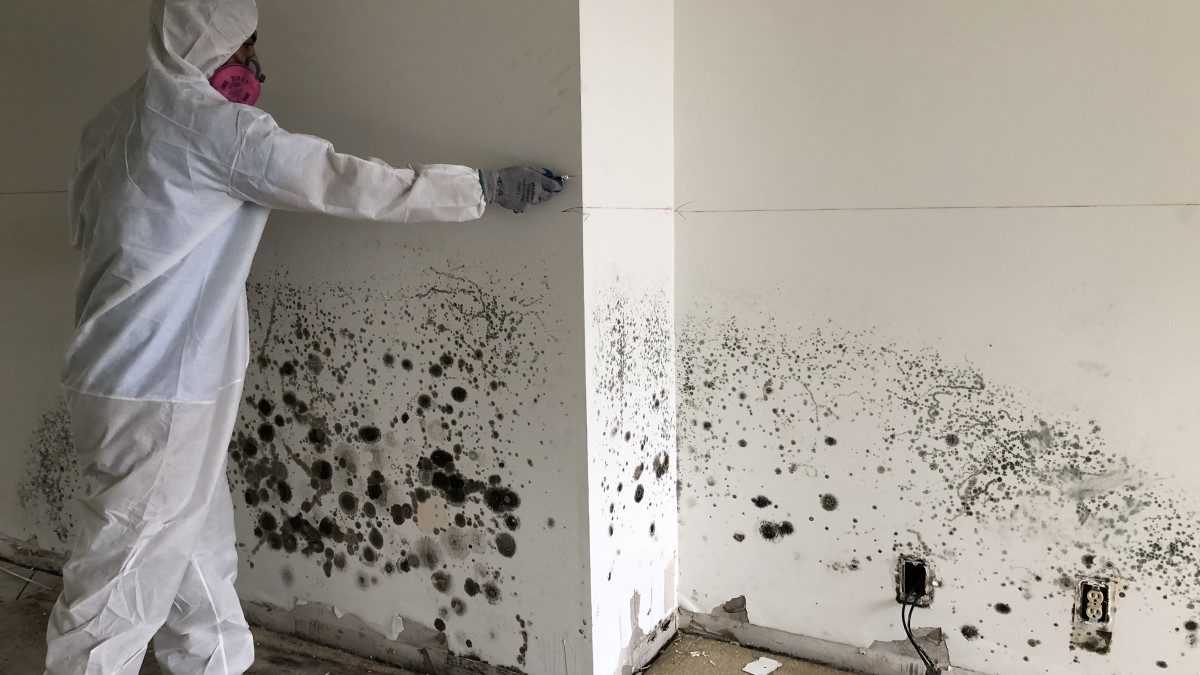

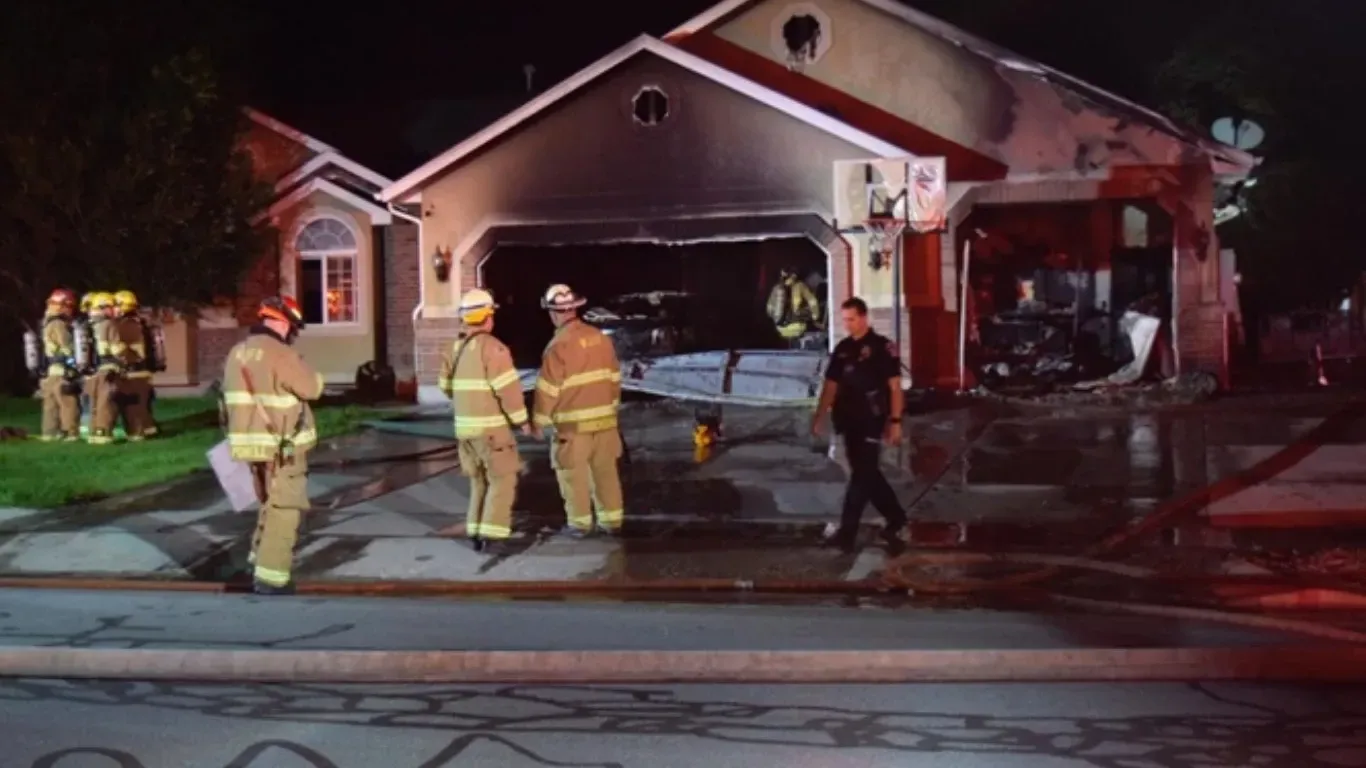

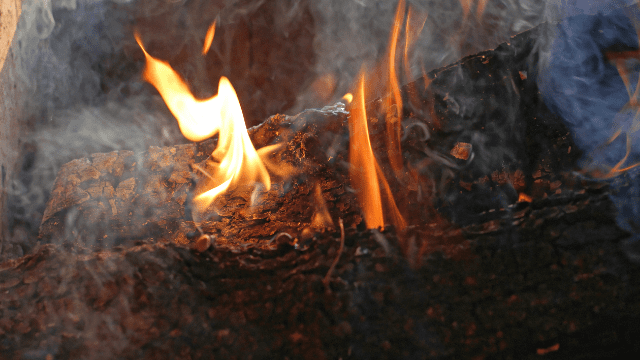
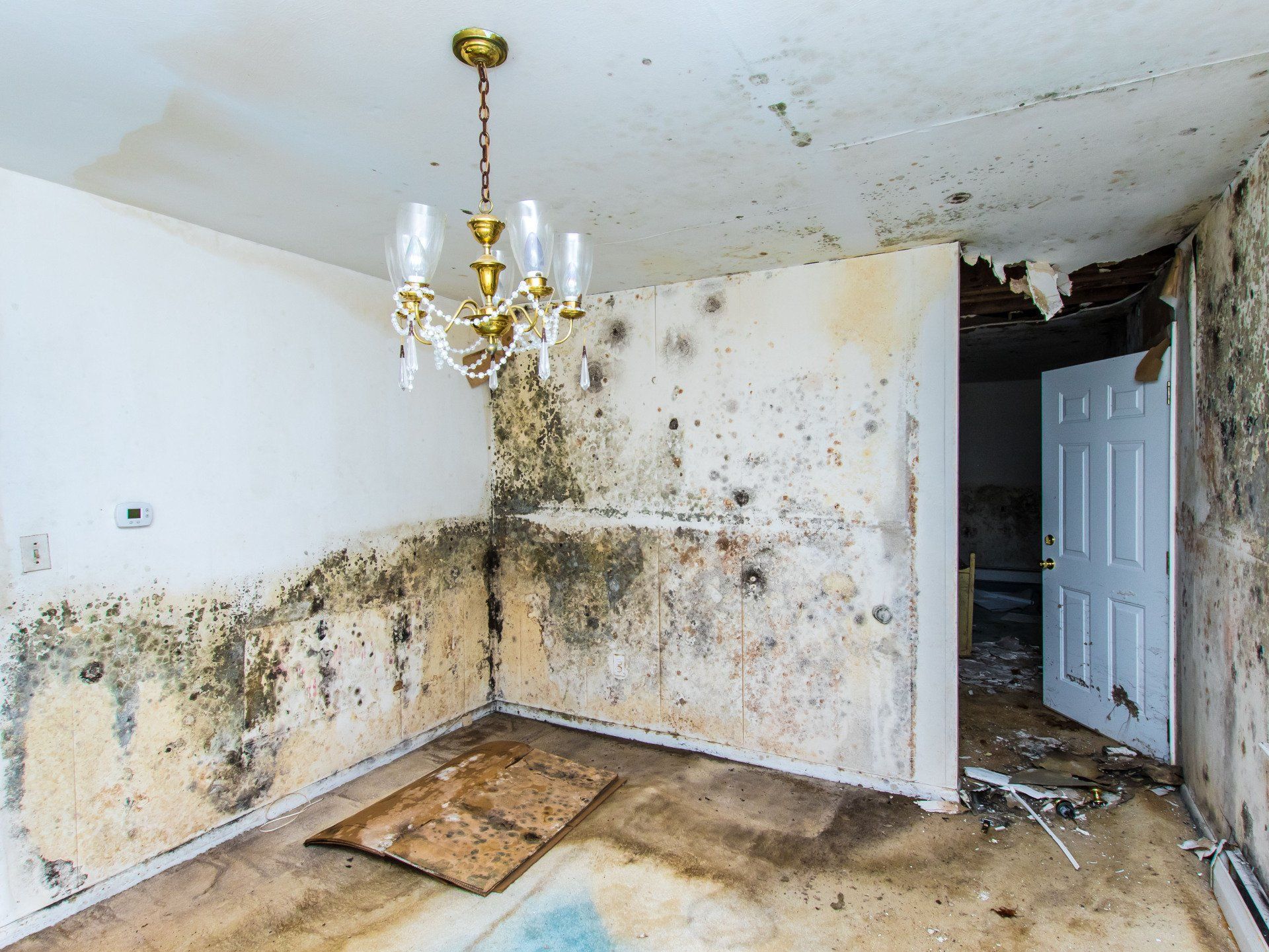
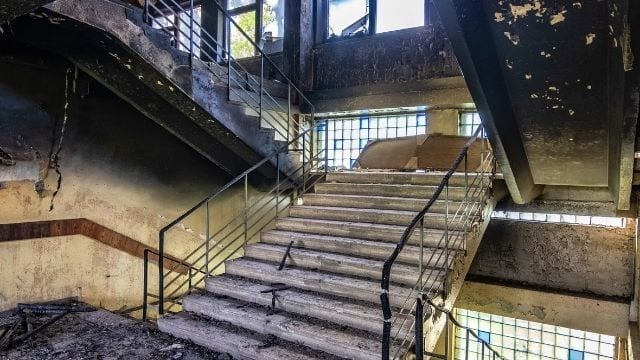


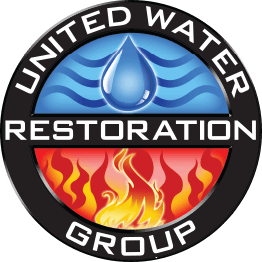
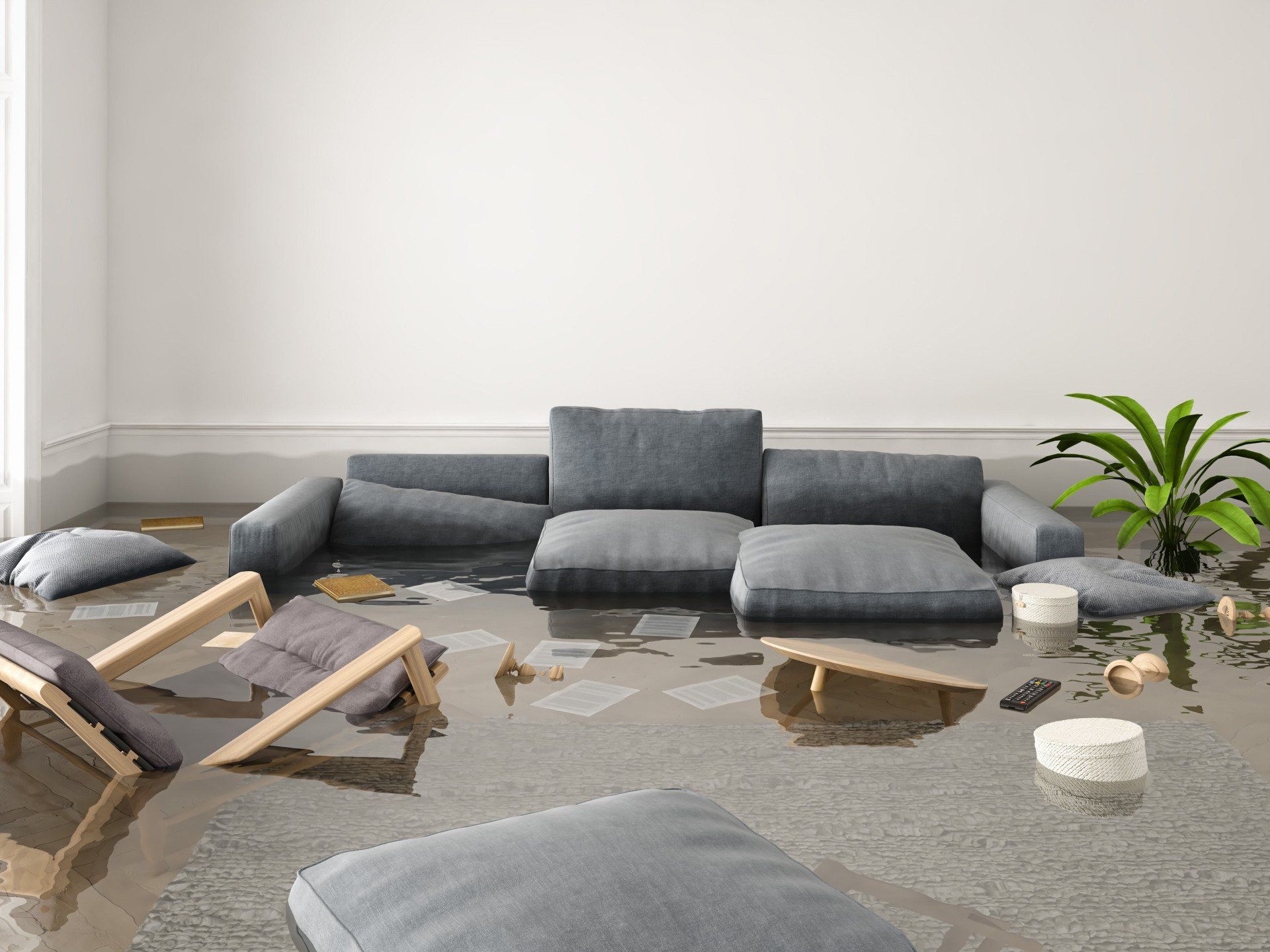
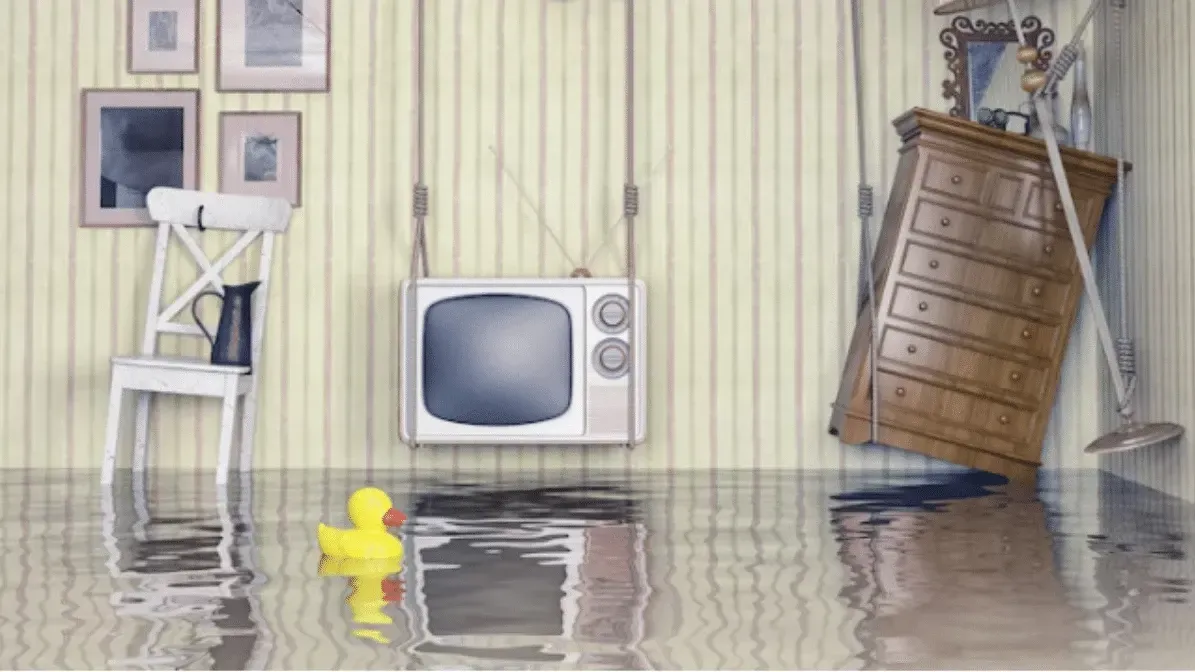
Share On: